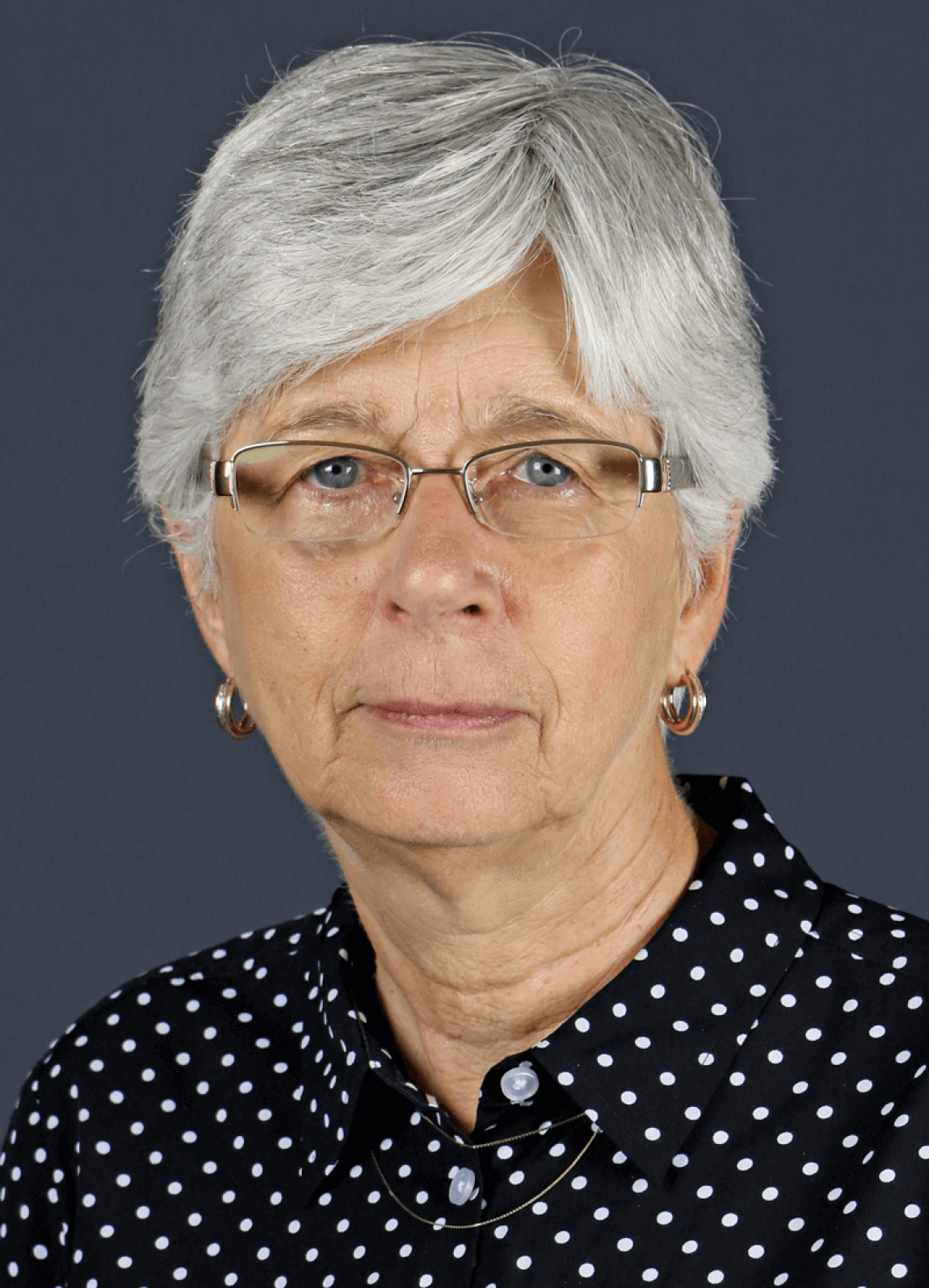An advocate for growers
INTERVIEW BY VIC KRAHN, Lakeshore Tree Farms, Saskatoon, Sask.
Rita Weerdenburg has spent her career promoting the green profession. As a nursery grower, she identified an information gap and launched
Horticulture Review magazine. Later, on staff with Landscape Ontario, she supported all aspects of horticulture while serving as Publisher of
Landscape Trades. Her work as Growers’ Manager for the Canadian Nursery Landscape Association (CNLA) has been vital to a Canadian nursery sector challenged by invasives, government policies and economic shifts.
Growers deal with variables beyond their control. What strategies have they developed?
I believe diversity is the grower sector’s single most important risk management strategy, and something they just take for granted. I participated in the broader agricultural community as Growers’ Manager, and I see that diversity as unique to the nursery sector. What other commodity has such a large offering of inventory or production cycles, let alone production methods and market types?
Diversity has certainly been a significant barrier to participation in the federal government’s business risk management programming, and I know it continues to frustrate. At the same time, growers should appreciate that their ingenuity and diversity is a great insulator against a broad scope of known and yet-unknown risks.
Of course, one can’t participate in a growers’ meeting without discussing weather. Growers are constantly incorporating strategies and technologies to mitigate the impacts of the cold, heat and too much or too little precipitation. Unfortunately, there’s little to be done about the influence of weather on consumer buying habits.
Is it hard to get growers to change?
No, not really. While we say growers are plant people first and business people second, I don’t believe that to be true. One must be astute to remain profitable in today’s ultra-challenging business environment. I see nursery owners incorporate change if change is called for, yet reject the idea of change just for the sake of change, if there is no bottom line benefit. It’s important that growers know how colleagues around the world operate, but Canada’s unique demographics require a made-in-Canada approach.
What single incident impressed you the most in your years working with growers?
Especially in my earlier years as CNLA Growers’ Manager, considerable emphasis was placed on industry-government meetings. Led by the Growers’ Canada chair, important issues were identified, briefing notes were prepared and two days of meetings in Ottawa were organized each year. Because of the relationships these meetings cultivated, CNLA had good access to bureaucrats during the sudden oak death crisis in B.C. Industry requested a compensation package for those growers incurring huge costs for plant destruction and disposal. It was thanks to the alacrity of CNLA president Paul Olsen that the B.C. nursery industry realized a multi-million dollar compensation package, but it was only possible because of the months’ worth of advance team work. I am proud to have been a part of that team.
Are growers taking best advantage of the guidance our associations offer through you?
Mostly yes. There’s no denying associations could benefit from a more engaged membership, but it’s simply a fact of association life that sufficient engagement from a broader membership is very, very challenging. The key is good communication and a good level of trust between those members and their staff that choose to participate.
Working with growers, means working with families. Were there challenges working with multiple generations?
I believe your question is to understand if there are conflicts or differences of opinion between generations on future directions for specific industry initiatives. However, the main challenge for me was the engagement, or lack thereof, from the next-in-line generation. I fully understand the reasons. The younger generation is now being groomed by their parents to take over running the business, meaning they have overly full responsibilities in addition to young families, etc. However, without their participation and especially their insights, it is challenging to identify and drive priorities that reflect the future realities of the industry.
I know you made a difference for our industry — what are you most proud of?
Being a part of the industry team that “rescued” AAFC’s ornamental plant and heritage rose breeding program from possible extinction, and being able to negotiate with AAFC for the return of industry-generated royalties back to industry via CNLA to help to fund the breeding programs would be at the top of my list. It has been an enormously interesting project involving a very steep learning curve and I will certainly be interested to see the progress of the rose program and hopefully some successor projects.
